The first fruit trees we planted at the farm were apples. We liked them, they grew well in Wisconsin, and Alar was the commercial food scare of the moment. My father and I picked up a couple at a local nursery, brought them back home and plopped them in the ground.
Thirty years later, when Erin and I set out to turn an acre of the front pasture into an orchard, apples didn't even make the long list. Our two older trees provided halfway decent fruit most years, and our CSA subscribers appreciated them once they got past the typically blotchy skins and occasional coddling moth larva. But the apples were rarely salable and we knew that fifty trees would draw a lot more pest pressure than two. For what we envisioned as a sustainable orchard, apples were the last thing we wanted, at least here in the buggy, humid upper midwest.
So, we worked from first principals in our design.
At the top of our priority list were fruits that were well-adapted to the climate but were relatively unhampered by pests and diseases, so that during the long and arduous vegetable growing season we could remain bent over our annuals while the trees took care of themselves. Having had good success with both pears and hardy kiwi, we were hoping to find additional vines, shrubs or trees in a similar vein.
It was important that the fruits be good-tasting and salable for fresh eating, though we were willing to consider fruits for processing that had readily available markets and would make a return on the labor needed for hand harvesting.
We wanted plants that could be ecologically and strategically interplanted, both to reduce pest-pressure and to harvest sunlight as efficiently as possible on our south-facing slope with a variety of crown heights and shapes. And we wanted a mix of species that would ripen sequentially throughout the warm season – better for cash-flow, work-load, CSA-member satisfaction and needed cold-storage capacity at any one time.
After consulting with Dale and Cindy Secher of Carandale Farm who had conducted a number of years of research and field trials with similar motivations, we conjured a short list of eight species which included the three primary colors of currants, red, white and black (we've since added “clove currant,” ribes odoratum); Saskatoon (or Juneberry ); Aronia (Chokeberry); American Elderberry; Seaberry; and Quince (Cydonia, as vs. Chaenomeles or flowering Quince). Erin, with her background in soil science and restoration ecology, jinned up a good way to interplant these shrubs and small trees as “guilds,” or groups of plants which benefit ecologically from growing in proximity to one another. The result was one acre orchard of 20 guilds containing roughly 300 plants, now coming into its third year of production. Unable to let the urge for novelty rest, we've since added the odd goumi, persimmon, cornelian cherry, apricot, plum, even – I don't know why – a Malus Domestica or two.
Sampling the new fruits, most of which I was unfamiliar with, has been an adventure and a delight. Our quince, a Russian cultivar called Aromatnaya, has a wonderfully tart, floral taste but a slightly challenging crispness which we wonder if the general consumer can get used to. Seaberry, in both it's bright color and taste, resembles nothing so much as Starburst candy (only packed with nutrients). Currants are a world of joy unto their own -- brilliant, sharp (not sour), spectacular in a recipe if only for their diffraction of light. Elderberries make good medicine, but their native profusion means many are destined for the processing market; but, at a gate price of roughly $1/umbel (so we've heard), their harvest looks to be well worth the time. Saskatoons are an absurd indulgence, planted widely as an ornamental but ignored by most people, tasting completely like blueberries, only richer. Who knew you could make a pie just for raiding the terrace tree in front of your house?
For those who would like to know more about strange but possibly-profitable fruit, Hilltop Farm will be holding our 3rd annual Currant Events festival on Saturday, July 12, from 10 AM to 2PM. You can dialog with other fruit growers and eaters, tour the orchard, eat great food, and later on we'll bust out the musical instruments for, what else? – a jam session. (Jam-making will also be going on.)
Put a bit of the “culture” back in “agriculture” – join us for a mid-summer celebration of fruit!

